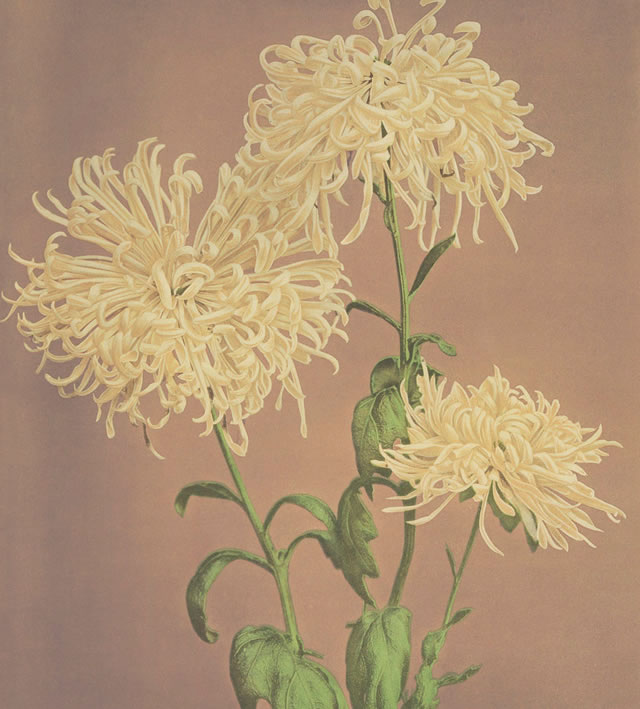Floral Class Puerh

Floral Class Puerh is not a monolith. Many variables factor into the quality of flower notes. These are age and terroir primarily, not to mention the time of year and whence the leaves are picked. Let’s examine each of these a bit more closely.
Floral Class Puerh and Age
One of the main drivers of floral attributes is age. By age, we’re talking about how old the leaves actually are. If we imagine floral notes as keys on a piano, then we could assign younger productions to higher keys and older productions to mid-range keys. Young productions have a tendency toward being “pitchy.” It’s not uncommon for these to possess sharpness, an edginess that carries with it a measure of bitterness and astringency. These attributes most often mellow with age, though some will intensify into perfume and incense depending on the particulars of the production. Some young productions will express no florality only to age into it. such is the case with some very highly regarded Yiwus. This floral attribute will be of a much different nature from its young counterparts from other terroir due to where they reside on the keyboard. These are not the least bit “pitchy.”
Floral Class Puerh and Terroir
The topic of floral class puerh and terroir is bound to create confusion and elicit strong reactions. Part of the discord arises from differences among villages within a terroir. Village productions within a terroir may differ considerably from the region name itself. For example, Yiwu region productions are not floral, while Yiwu villages Mahei and Yibang often express floral tendencies.
Another factor for consideration in this regard is house style. Some house styles despite being situated in one region may focus upon a niche not generally associated with the terroir itself. Here the brand carries the day and seems to be the approach of most vendors from Taiwan, but is also evident in Chinese factories offering recipe productions. Recipe productions here is characterized by bearing numbers, like 7542 (of course).
In general, if the productoin states the name of the the terroir, then information about the puerh class to which it belongs follows. Daxueshan, Jingmai, Fengqing are some of the most vaunted floral terroirs. Factories tending toward the floral side are Liming, Mengkurongshi (MKRS), and 6FTM.
To be continued. . .
